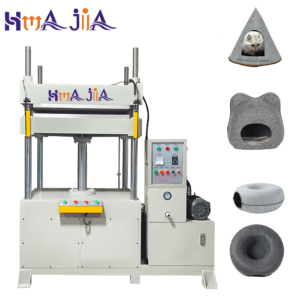The Working Process of Felt Cat Bed Molding Machine
Felt cat beds are not only comfortable resting places for pets but also creative and cozy home decor products. To meet the growing market demand, the production equipment for felt cat beds is continuously evolving. Today, we will provide a detailed introduction to the working process of the felt cat bed molding machine, helping you better understand how the equipment operates.
1. Raw Material Preparation
The first step is to prepare the raw material for the felt cat bed—felt fabric. Felt is typically made from natural wool or synthetic fibers. Depending on the design requirements of the cat bed, different colors and thicknesses of felt can be selected.
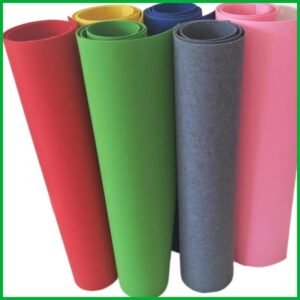

2. Pre-Heating Treatment
To ensure the felt fabric holds its shape during the molding process, a pre-heating treatment is usually required. This step involves heating the felt to an appropriate temperature using a heating device, making it softer and easier to mold. The temperature and time of heating need to be adjusted based on the specific characteristics of the felt material to prevent any damage
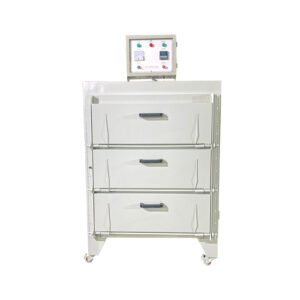
3. Mold Design and Selection
Next, the appropriate mold is selected based on the cat bed design requirements. Felt cat bed molding machines usually come with multiple interchangeable molds, capable of producing various shapes and sizes of cat beds. The material and design of the mold directly influence the molding effect, so choosing the right mold is crucial.

4. Felt Fabric Laying
On the molding machine, the operator lays the pre-treated felt fabric onto the mold. At this stage, the felt needs to be carefully placed to ensure it covers the entire mold area evenly. The laying of the felt fabric can be done by an automatic feeding system, improving production efficiency.
5. Pressing and Molding
Once the felt material is baked in an industrial oven, it is removed and laid on the cold press molding machine. By applying pressure, the felt fibers are compacted and molded, forming a firm and elastic shape of the cat bed. The temperature, time, and pressure during this process must be precisely controlled to ensure the quality and durability of the felt cat bed. Accurate control not only enhances the structural stability of the cat bed but also extends its lifespan, ensuring that each molded felt cat bed meets high-quality standards.
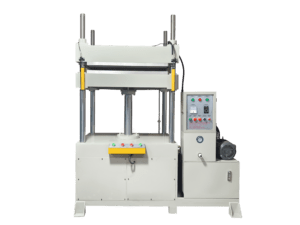
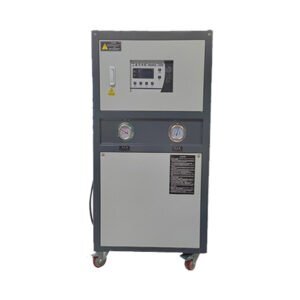
6. Cooling and Demolding
After molding is complete, the cat bed needs to cool for a period to maintain its shape. The molding machine is usually equipped with a cooling system to accelerate this process. Once cooled, the operator can easily remove the molded felt cat bed from the mold. At this point, the appearance and structure of the cat bed are essentially complete.
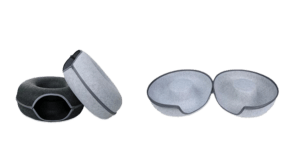
7. Post-Processing and Quality Inspection
The cooled cat bed may undergo some post-processing steps, such as trimming edges, sewing, or adding decorative elements. After completing these post-processing steps, the felt cat bed undergoes strict quality inspection to ensure there are no defects and that it meets product standards. Qualified cat beds are then ready for packaging and shipment.
8. Packaging and Shipping
Finally, the inspected felt cat beds are carefully packaged to ensure safe transportation. After packaging, the products are shipped according to customer orders and enter the market for consumer purchase.
Summary
The working process of a is efficient and precise. From raw material preparation to final packaging and shipment, each step requires careful operation and strict control. With technological advancements, the performance of felt cat bed molding machines has become increasingly powerful, meeting different production scales and design requirements, helping manufacturers improve production efficiency and ensure product quality. If you are looking for a high-efficiency, reliable felt cat bed molding machine, feel free to contact us, and we will provide professional equipment solutions tailored to your needs.
We hope this article helps you better understand the working process of the felt cat bed molding machine. If you have more questions, feel free to reach out to us at any time!
This is the full English translation of the article, reflecting the original content and modifications.

